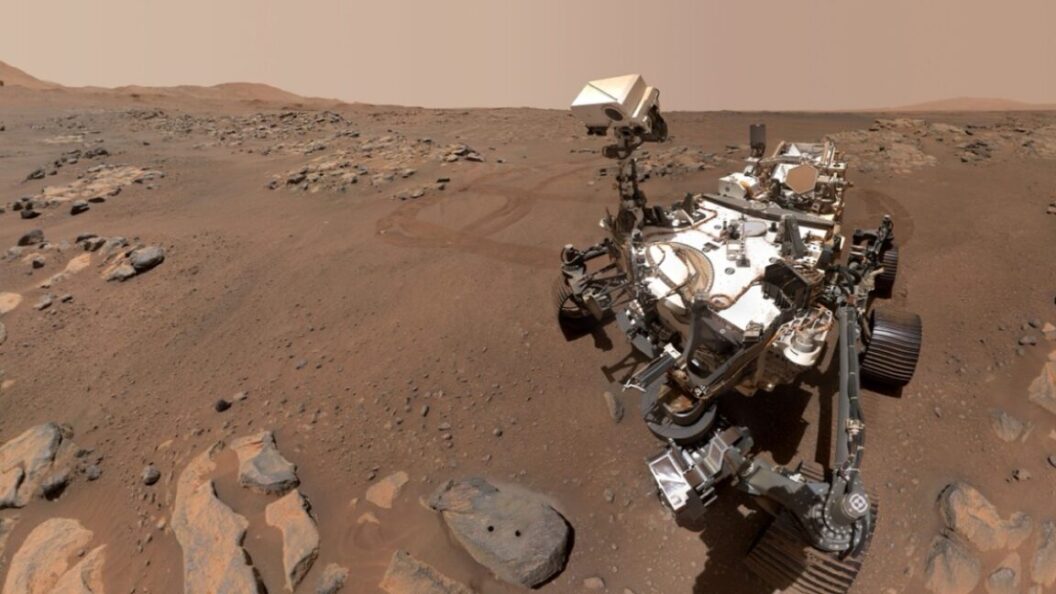AI Meets Classic Gaming: Enhancing Animal Crossing Dialogues
In a groundbreaking integration of artificial intelligence (AI) with classic gaming, mod developers have successfully introduced modern dialogue capabilities to the iconic game Animal Crossing for the GameCube. This innovative approach enables players to engage with villagers using AI-generated conversations, blending contemporary technology with a 24-year-old game.
The Challenge of Communication
The primary obstacle in integrating AI into Animal Crossing was the inherent delay when communicating with an online AI model. Unlike the instantaneous dialogues the game typically displays, AI responses require several seconds to process. Developer Joshua Fonseca devised a solution leveraging a clever programming function called watch_dialogue(), which polls the game’s memory multiple times per second. This function introduces a system of placeholder text—three dots paired with a "Press A to continue" prompt—ensuring that players have a seamless experience while waiting for the AI to generate a response.
“So the user gets a ‘press A to continue’ button and hopefully the LLM has finished by the time they press that button,” noted developer Sam Willison in a comment on Hacker News, emphasizing the smoothness of the transition from human interaction to AI processing.
Decoding the Language of Animal Crossing
One of the technical challenges revealed during the process was the game’s unique encoded text format, which incorporates control codes that manage various dialogue elements, such as text color and character emotions. A special byte (0x7F) identifies commands rather than standard characters, meaning any dialogue must be output correctly or the game could freeze.
Fonseca compared the text formatting system to HTML, stating, “Your browser doesn’t just display words; it interprets tags … to make text bold.” The decompilation community had established the required control codes, allowing Fonseca to create tools that translated human-readable text into the expected byte sequences for the GameCube.
Innovating with AI Models
Initially, Fonseca sought to utilize a single AI model for both creative writing and technical coding. This approach proved challenging, as the AI struggled to balance the two distinct tasks effectively. “The results were a mess,” he admitted, recognizing the need for a more structured workflow.
The solution was to divide the responsibilities between two specialized AI models. A "Writer AI" generates dialogue drawn from character sheets found on the Animal Crossing wiki, while a "Director AI" incorporates essential technical details, such as dialogue pauses, visual effects, and sound cues. This division enhances the quality of interaction, making conversations more dynamic and engaging.
A Community-Driven Endeavor
The code for this mod is publicly available on GitHub, although Fonseca points out that it contains known bugs and has primarily been tested on macOS. The project requires Python 3.8 or higher, API keys for either Google Gemini or OpenAI, and the Dolphin emulator to function effectively. “Have fun sticking it to the man—or the raccoon, as the case may be,” Fonseca quipped, inviting players to explore this innovative blend of AI and retro gaming.
Conclusion: The Future of Gaming and AI
The integration of AI into Animal Crossing represents a significant milestone in gaming, showcasing a seamless fusion of retro charm and modern technology. By enabling dynamic dialogues powered by AI, this mod not only breathes new life into a cherished classic but also opens the door for future innovations in game design. As developers continue to experiment with AI in gaming, we may soon see more classics reimagined, offering players unique and enriched experiences that bridge the gap between nostalgic gameplay and cutting-edge technology.











